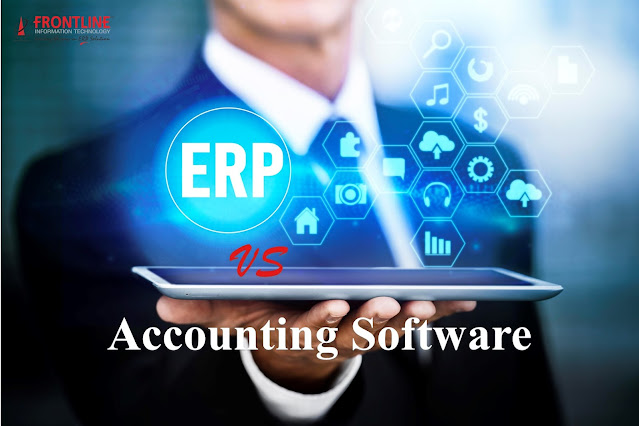EAM vs ERP: which works best for your organization?
Enterprise Asset Management (EAM) and Enterprise Resource
Planning (ERP) software may seem interchangeable. However, there are unique
distinct features for each and number of reasons for you to choose one over the
other. In this article, we’ll explore EAM vs ERP software and help you decide
which would better suit your business needs. At first, lets define the two
terms in detail.
What is EAM?
EAM is specifically designed for maintaining and managing
the physical assets of an organization. The key aspect of it to handle the
complete lifecycle of the assets from purchase till depreciation.
The EAM is more beneficial for organizations that use
expensive and complex equipment operations like gas & oil, mining,
construction, contracting, facility management, etc. With the reports provided,
you can also forecast future needs of the material requirements.
What is ERP?
An ERP software enables organization to store, manage and
share information of all departments and in multiple locations through
completely integrated business applications. It helps in managing all aspects
of a day-to-day business process from asset management, financial accounting to
project management, to HR and beyond.
The ERP software is unique from other systems that it
touches so many different aspects of a business process. With improved data
sharing between departments, collaboration and analytics, ERP software is a cost-effective
solution to improve and streamline the business processes and productivity.
EAM vs ERP
Many organizations find them confused exhausted when trying
to choose whether they need a EAM or an ERP. Researching the two solutions, how
they apply to your business and how it can help your productivity can help you
determine the one that suits you. Investing in an EAM or ERP software is the foremost business decision.
Which software is best for my business?
It depends on your business needs. If you are planning to go
for EAM for time being, you need to make sure that it can be integrated with an
ERP in the future. The challenge is to decide on how much you can invest on the
software to buy and where you can buy the lite version instead of the best of
breed version.
At first, the EAM and ERP difference is negligible. Both the
software improves your business process and the way you access your data.
However, while a EAM focuses more on the asset lifecycle management of an
organization, ERP is more focused on activities such as financial accounting, project
accounting, procurement and inventory control, fixed asset management and more.
In short, ERP helps an organization to streamline its business
process, improves efficiency and cut costs. EAM is more specific on taking care
of the complete asset management life cycle.
In addition, here are few things to consider before choosing
the software that is best for you
- If you are looking for one solution to organize your entire organization process, ERP is more all-encompassing.
- If your organization is asset-centric and rely on heavy vehicles on daily operations, EAM fits your need.
- If you are mostly handling digital assets than physical asset, ERP is the answer
- If you are responsible only fleet vehicles or different facilities, you can invest in a EAM solution.
Keep in mind that implementing an ERP software is more
challenging than implementing an EAM. If you have a minimum budget, consider
trying a EAM first. It’s important to understand the budget and decide what
fits your requirement.
Can I use both EAM and ERP?
Now that we’ve explored EAM vs ERP, you should have got a
better understanding on the compare and contrast features of them. It also
helps you to know how the functionality overlap between the two software. If
you have resources to invest, the integrated ERP system with the asset
management will work for you.
Integrating the two can help you keep all your data
centralized and reduces the duplicated entry in multiple software. When the
modules are integrated it drives collaboration and improves the over all
proficiency of your business.
Conclusion
Determining which software is best for your business will
save you money and time in the long run. The right choice of software to
implement first is a good start. There are hundreds of ERP software to choose
from, and making the right decision can be overwhelming.
Horizon EBS is
an excellent bridge which has all the must need features of the two solutions.
Its all-in-one ERP software with additional features that help you improve key
performance indicators (KPIs) across departments. The decision taken in
choosing the software is an important one. The information shared here will
give you a clear foundation to start your research. If you need any further
consulting, you can reach us at sales@fit.ae,
make a call at +971 4 353 3727 or fill the form in contact us page.
x




Comments
Post a Comment